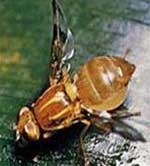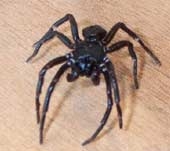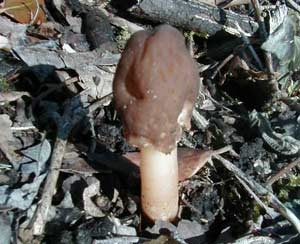Several fishing villages along the Red River have recently been graced with a natural bounty: a type of insect known as “vat vo,” reviving a series of local delicacies that many had longed for, priced at millions of VND.
Vat Vo Delicacies: Hard to Find, But Worth the Effort
A group of journalists, humorously dubbed “the love reporters” during our trip, arrived at the Lien Ha ferry terminal (Dan Phuong, Hanoi) and were surprised to see several locals wading in the riverbank or standing on the shore, using long nets to sweep back and forth or scoop something from the water. Upon inquiry, we discovered they were catching vat vo (also known as “vo”).

Vat vo – a specialty of the Red River fishing communities. (Photo: Uyen Huong)
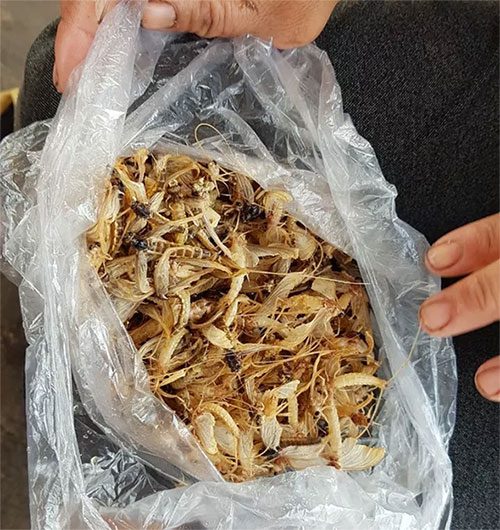
A woman from the fishing village catching vat vo early in the morning. (Photo: Uyen Huong)
Curious about the unusual name, we asked around and learned that Lien Ha was blessed with vat vo over 20 years ago, which has since been transformed into many famous local dishes that leave a lasting impression. Ms. Quy, the ferry driver, explained that vat vo lives at the riverbed, and when the weather changes, the larvae emerge, growing nearly as large as a grasshopper, with a milky white body and thin white wings, fluttering on the water’s surface, thus earning its name.
An older fisherman recounted that over 20 years ago, catching vat vo was a joyful childhood activity for many, especially for children living by the river who accompanied adults to gather vat vo, providing both food and income. In the past, vat vo was abundant; one could simply stand on the shore, using a long net to sweep back and forth for an entire morning and catch a substantial amount.
However, vat vo suddenly disappeared, along with the memorable delicacies, leaving many in regret.
For the past three years, the natural bounty of vat vo has unexpectedly returned to sections of the Red River in Ninh So (Thuong Tin, Hanoi) and Lien Ha (Dan Phuong, Hanoi). While the quantity is not as plentiful as before, it is enough for the fishing village to enthusiastically gather whenever vat vo rises, bringing joy, income, and a revival of traditional dishes.
According to many residents of Lien Ha, vat vo lives at the riverbed, and from February to April in the lunar calendar, they surface for a few hours to molt in the early morning. Throughout the month, vat vo will surface to molt for a few days, lay eggs, and then die. The eggs hatch into larvae, returning to the riverbed to await their next emergence.
To catch vat vo, fishermen must carefully monitor the weather and the water levels to ensure they coincide with the days vat vo emerges to molt. Many say that on cloudy days, vat vo is more likely to appear, prompting fishermen to “watch” closely to quickly catch vat vo for both consumption and sale.
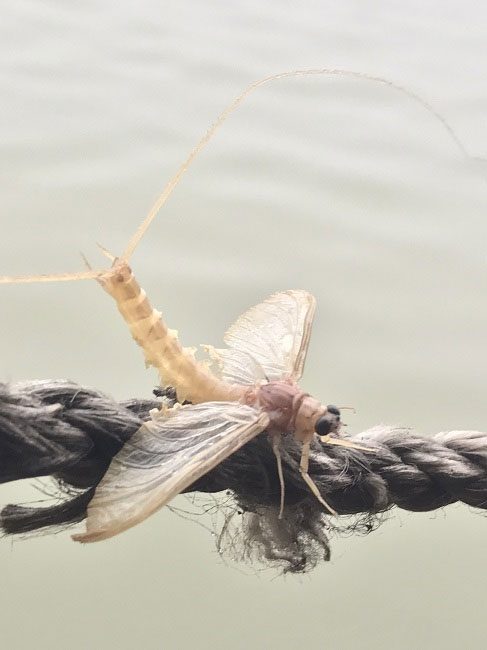
The unusual insect, little known, is considered a specialty of the Red River – (Photo: Xuan Thanh).
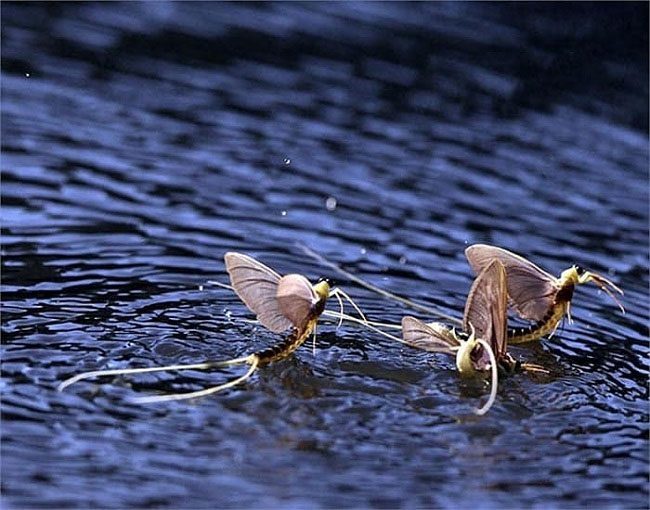
After surfacing, vat vo will flutter on the water’s surface to molt and seek mates – (Photo: Duong Manh Cuong).
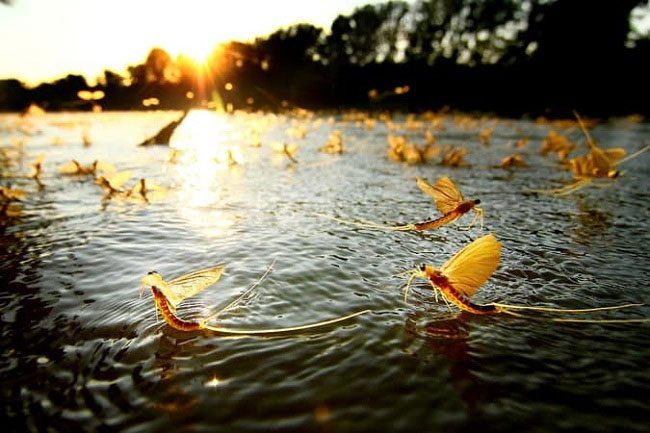
Only the fishermen know precisely where vat vo can be found and when they will surface to catch them – (Photo: Duong Manh Cuong).
To Enjoy, You Must Start Early at 3 AM
The vat vo provides a natural bounty for the people of Lien Ha, but to enjoy it, fishermen must venture out to the river as early as 3 AM. Catching vat vo is quite easy; from around 4 to 6 AM, vat vo emerges to fly in search of a place to land and molt, making them very vulnerable as they flutter just above the water or ground.
Vat vo is not found everywhere; it can only be found at river junctions where there is ample muddy land for them to nest. Once they surface, they fly in swarms. Those without boats can still catch significant amounts of the white insects using nets along the riverbank. Fishermen with boats use nets attached to their boats to venture far from the shore, scooping up vat vo that float on the river’s surface. In the early hours, some fishermen even light large torches to attract vat vo, causing them to gather, then they sweep with their nets until they are heavy with catches.
On days when vat vo rises to the water’s surface early in the morning, laughter and chatter fill the air along the river. By around 6 AM, people begin to gather their nets, collect their catches, and sell vat vo to traders, while some pack them in styrofoam boxes for shipping to the city for high-paying customers, and others take them home to prepare rustic delicacies.
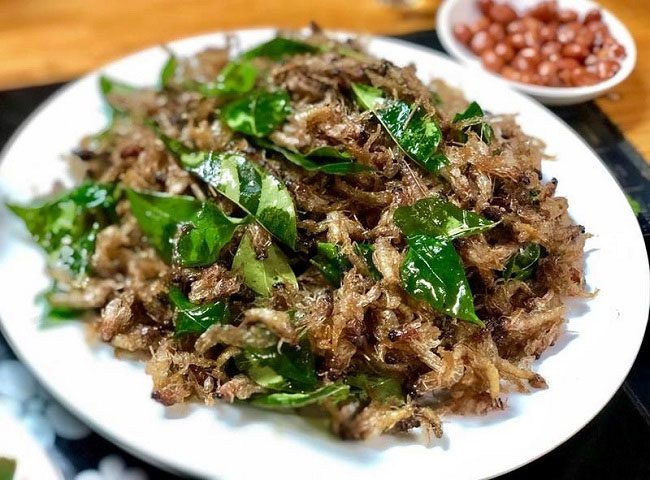
Vat vo stir-fried with honeycomb leaves.

Vat vo braised with catfish.
Vat vo only lives for a few hours, but it has left a legacy of many renowned specialties along the Red River. At the market, vat vo is sold for 400,000 to 500,000 VND per kilogram, and in restaurants, it can reach up to 1,000,000 VND per kilogram. If you enjoy it and want more the next day, it’s often unavailable even if you place an order in advance. At the Lien Ha ferry terminal, the price of vat vo can rise to 150,000 VND per kilogram when scarce (when there are fewer vat vo), and drop to 100,000 VND per kilogram when abundant, with some households buying large quantities to freeze for later consumption.
Those who love vat vo but arrive late or cannot catch any can walk along the riverbank to wait for boats to buy, but this is not easy, as when vat vo is brought ashore, there are always people waiting to purchase them all.
|
Vat Vo (also known as “Vo”) belongs to the order Ephemeroptera, a group within Palaeoptera, alongside the order Odonata, scientifically named Ephemeroptera. Vat vo is a type of insect that undergoes two molts. After the second molt, they have a pair of wings and live only for a few hours. The maximum lifespan of vat vo is no more than one week. Its larvae live in water, and once they mature into adults, their bodies become soft and emit light, with two antennae resembling daggers and three tail-like structures at the end of their abdomen. In the evening, vat vo gather and flutter on the water’s surface to mate. Afterward, the female lays eggs in the water, and most of them die. According to the book “One Hundred Thousand Whys” |








































